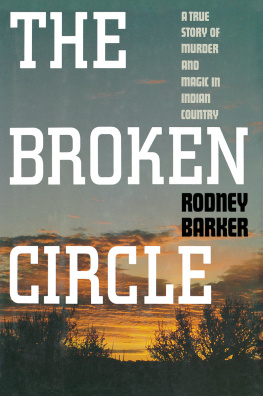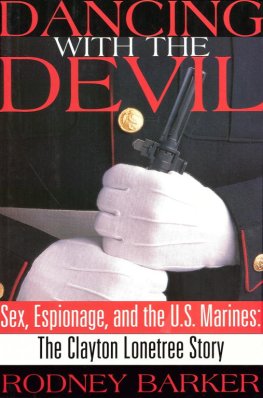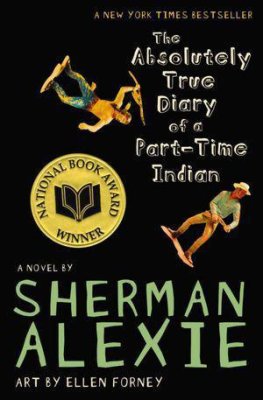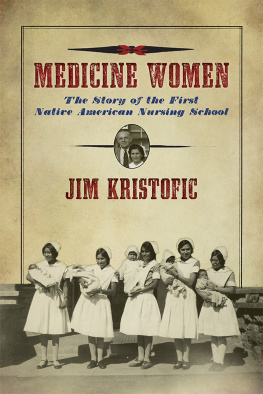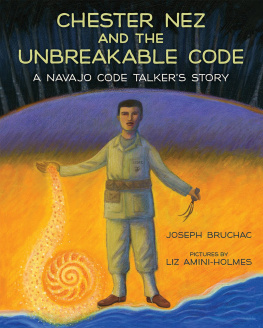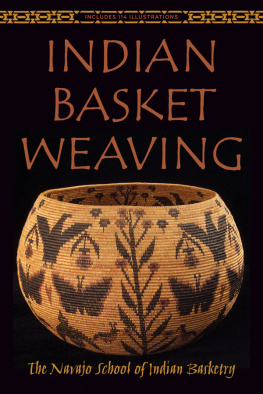ACKNOWLEDGMENTS

TO THOSE NAVAJO PEOPLE whose contributions gave me eyes of adequate understanding into the Navajo world and Navajo feelings, ,ahhee,. I especially want to express my appreciation to Rena Benally, Wilbert Tsosie, John Redhouse, and Pinto Begay.
I also want to thank the many people in Farmington who were generous with their time in sharing information and insightsthose who are identified in the pages that follow, as well as those who requested anonymity or were not specifically mentioned by name. In particular I want to acknowledge my indebtedness to Bob Miller, a lawman whose cooperation broke the case for me, narratively speaking.
A nod to Pete Myers, the western artist who ended up giving me a lot more than an ominous postscript to my Farmington Story; and a special note of gratitude to Shirleen Deal, who performed exceptionally as an unofficial research assistant. Three other individuals who figure prominently in the story and who provided me with an insiders point of view also deserve to be singled out: Judge Frank Zinn, Dr. Walter Winslow, and Marlo Webb.
I am additionally beholden to the following people who served as expert consultants: Dave Brugge, an acknowledged authority in Navajo history and thought and an invaluable source of information and interpretation; Ned Siegel, a Santa Fe psychologist who was a repository of insight into his profession; and Don Barliant and Janet Bailey, literate and literary friends on 24-hour call for reactions and advice. Last but hardly least, Rita Feinberg, my Washington, D.C., associate, who handled several FOIA requests for me, and acted as a point person in my dealings with federal agencies, deserves recognition.
A short list of others who should not be overlooked: Carolyn Brewer, Frank Demolli, Norm Marin, Forrest Fenn, the National Indian Youth Council.
Finally, when an editor influences the development of a book in the way a writer hopes for, and in the way Michael Korda did for this book, he too deserves honorable mention.
There is another way to think of acknowledgments, and that involves a statement regarding methodology. Although this book is a factual account of a true story about real people, at certain places in the text my reconstruction of a scene or situation is not based on direct personal observation, but on the best recollections of the participants a number of years after the fact, backed up wherever possible by secondary sources, written material and records, all arranged by me in a plausible and revealing order.
Finally, the only characters in the book whose names have been changed are: Pinto Begay, Barbara Alvis, Dave, Deb, and Penny, the three teenagers who committed the crimes, and the members of their families.
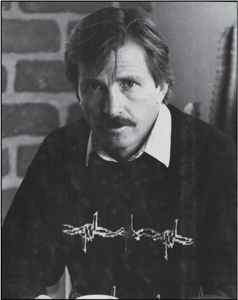
Also by Rodney Barker
THE HIROSHIMA MAIDENS
AFTERWORD:
The Broken Circle

P ALEONTOLOGISTS ASSURE US that much of the Navajo Reservation is a prehistoric lake bed, and in times past plant-eating dinosaurs chomped on ferns growing on the sandy shores, while winged reptiles roosted in the surrounding forests. The climate changed, they say, and over hundreds of millions of years the scene went from wet to dry and most of the animals died off.
Perhaps. But gaze across the vast barren stretches of the reservation today and it is easier to imagine the creation of the desert landscape as the result of a single cataclysmic night: a fiery lightning storm that smoked the sea into a column of steam ascending from the earth; a planet-splitting quake that drained an entire ocean into a subterranean abyss... and dawn broke on a world where mammals and people would emerge.
It is not just the bewitching expanses that a fanciful imagination will fill with an abundance of observation and inventionout here life itself sometimes seems to be imbued with an other-worldness. Spend enough time among people who believe in and fear the presence of a spirit world, and its not always easy to be sure about whats real and whats not.
On the surface level if you consider the price each of the youths had to pay, it proves nothing. Crawford and Burke, by virtue of their histories and personalities, were going to continue to live at risk in society, and what happened to Thacker is consistent with his character. But it is uncanny how actions appear to bear out theory when you realize that if there were such powers, and if they could determine the course of events, the outcome might not look any different.
To the Navajo people there is nothing to argue about. What is important is what is achieved, and to the degree they regard the ritual as successful, the truth of Navajo religion was revealed in a way that not only provided retribution, it renewed cultural traditions.
The process by which a dramatic event is incorporated into the collective memory is different for every culture. For the Navajo it usually follows the time-honored pathway of storytelling. Personal testimonies are passed along the extensive kin network and down through generations, growing into family myths that eventually become part of tribal folklore. The way the Chokecherry Massacre is recalled among the Navajo has transformed a story of white crimes into a tale of red justice that reclaims the wonder and magic of the old beliefs in supernatural power, while providing an authentic spiritual strengthening to the tribe.
For us Anglos, the power lies in the pen. The meaning and promise of an event remain elusive until committed to paper. What we want from a story like this is not only a record of the efforts of those who believed the future could be different by means of struggle, but a reckoning of the achievements, put in a context that illuminates their significance and gives them contemporary relevance.
In that regard, Farmington did not emerge as a model community, but neither did it stay the same. Social injustice was not eradicated, and what progress in racial relations was forthcoming would be less the result of moral conscience and the good will of the city than of continuous pressure by various citizens groups, civil rights organizations, and concerned individuals. But perhaps it is a mistake to expect a dramatic change in perspective and behavior. For towns and individuals alike, maturation comes gradually, over years and with experience. More often it is the case that events like those described in these pages compose a point on a line moving people in a direction that brings them closer to, if not racial harmony, then greater racial tolerance, and deeper human connections. This is my reading of the legacy for white Farmington.
There is a final yield, more personal. Along the way of assembling this account, I too came to think of this story in Navajo terms, with reference to the concept of a circle. Circles occupy an important place in Navajo symbolism, and a closed circle is carefully avoided. The guardian spirit in a sandpainting loops around but always leaves an opening. The pathline that frames the designs on Navajo pottery is always interrupted by a ceremonial break. Ive even heard of a Navajo alcoholic who said he never screwed the lid back on a bottle of liquor once it was open in order to avoid closing the only passageway.
The idea behind the custom is that when a circle is closed there is no way for evil spirits to get out, they are trapped within; and the break in a circle serves as an escape route, a spirit path for bad to depart and good to enter.
In a fashion parallel to a closed circle, for seventeen years rumor and gossip, grudges and emotions, family secrets and tribal taboos have surrounded and contained this story; and as I put these words down, I see them as the final strokes that leave an airing break in the encircling line.

